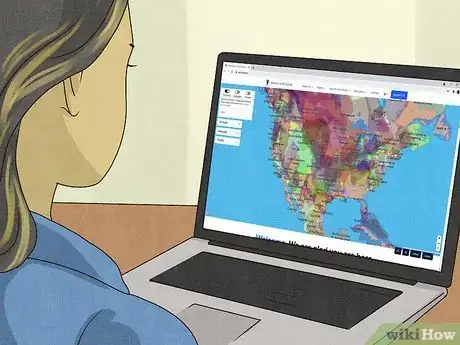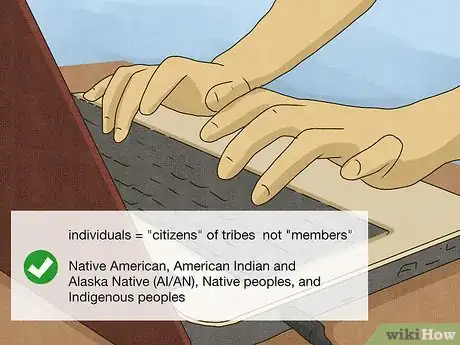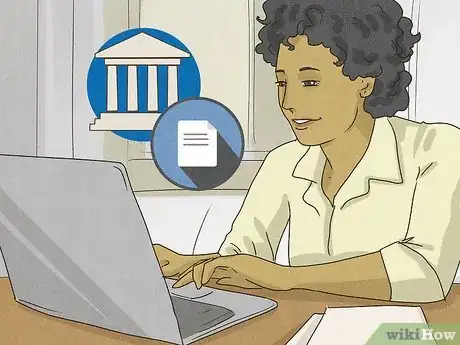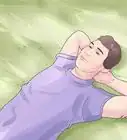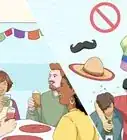This article was co-authored by Christina Millikin and by wikiHow staff writer, Kira Jan. Christina Millikin is the Founder and former CEO of Glow Events, an event planning agency based in San Francisco, California. Glow Events is a boutique event planning firm specializing in full event production and creative design for corporate and social events. Christina has worked with clients such as Salesforce, Heroku, Okta, and Netflix. Glow Events' work has been featured in Martha Stewert Weddings, InStyle, and SanFrancisco Magazine. Christina is an advisor to the management team at Glow, as well as a business advisor for the Goldman Sachs 10,000 Small Businesses program, and she has a BS in Marketing from the University of Florida.
There are 23 references cited in this article, which can be found at the bottom of the page.
This article has been viewed 6,409 times.
Indigenous Peoples’ Day is celebrated on the second Monday of October each year (in 2022, that will be on October 10th). When you celebrate Indigenous Peoples’ Day instead of Columbus Day, you take an important first step in acknowledging the harm caused to Native communities by European settlers. But more importantly, you participate in a celebration of the rich cultural history, achievements, and resilience of Indigenous peoples who are here today. You can participate in and support Indigenous Peoples’ Day by learning about Native communities, amplifying Native peoples' voices, and continuing your advocacy all year long. Let’s celebrate and honor Indigenous communities in the past, present, and future!
Steps
Attend a virtual Indigenous Peoples' Day event.
-
Look for online webinars and celebrations to learn about Indigenous Peoples’ Day. Listen to Indigenous peoples share their cultural heritage and their present-day experiences. If you’re a parent, teacher, or community leader, encourage those around you to attend, too.[1] X Research source
- Search for celebrations hosted by nearby universities, museums, and cultural centers.
- The National Museum of the American Indian (https://americanindian.si.edu/) hosts annual webinars to celebrate Indigenous Peoples' Day.
Visit Native Knowledge 360°.
-
Learn about Native peoples’ history and take virtual field trips. This educational initiative has resources for everyone–from teachers to parents to students to activists.[2] X Research source You can learn about tribal sovereignty, Native American cultures, policy and law, statistics on population, and more.
- This site has curriculum guides for educators, too. Learn more at https://americanindian.si.edu/nk360.
Promote Native peoples’ voices on social media.
-
Use your social media platform to boost modern Indigenous voices. Popular culture often doesn’t depict Native peoples outside of pre-1900s historical depictions. You might hear Native and non-Native scholars and activists call that lack of representation “erasure” or “invisibility.” You can help amplify the voices of Native peoples who are alive today by sharing their content on social media.[3] X Research source
- Follow the non-profit @illuminative on social media for content created by Native peoples.
- Use “#IndigenousPeoplesDay" to spread awareness.
Bust Columbus Day myths.
-
Indigenous peoples lived in the West for thousands of years before Christopher Columbus arrived. Teach the people around you (your friends, parents, kids, or students) about the loss of land, tradition, and life that came from European colonization. Highlight the resilience and cultural persistence of Native peoples both in the past and present. Here are just some of the facts about Columbus’ impact:[4] X Research source
- European settlers started to enslave Native peoples from the first day they arrived.[5] X Research source
- Columbus and his men treated Native peoples with brutality and violence.
- Native peoples lost 95% of their population in the 130 years after first contact with Europeans.[6] X Research source
- While Native peoples’ have often been erased from history, they don't exist in the past. They are very much present, active, and important in your communities today.[7] X Research source
Practice land acknowledgement.
-
Learn about the tribes who traditionally lived on the land you occupy. Before you start your day–whether it’s in the classroom, in an office, or at a family event–take a moment to acknowledge the tribes who originally stewarded the land. Acknowledging land is just one step you can take against the erasure of Native peoples.[8] X Research source
- Here’s a sample land acknowledgment you can adapt, once you’ve learned how the local tribes would like to be addressed: “We gratefully acknowledge the Native peoples on whose ancestral homelands we gather, as well as the diverse and vibrant Native communities who make their home here today.”
- Visit https://native-land.ca/ to type in your location and learn about the tribes with ancestral roots on the land you occupy.
- If you’d like to post a sign in your home, community center, or classroom to acknowledge native land, check out https://usdac.us/nativeland
- Land acknowledgment isn’t a one-time thing. You can pay respect to Indigenous peoples by practicing land acknowledgment before any public proceeding you host.
Donate to organizations that support Indigenous peoples.
-
Support Indigenous peoples in the present. It’s important to acknowledge the history of Native peoples, but it’s crucial to support them in the here-and-now. Native peoples are here to stay! Support organizations that are dedicated to advocacy, education, and sharing the history of Indigenous peoples. Consider donating to any of these organizations that support Indigenous advocacy and education:[9] X Research source
- American Indian College Fund: https://collegefund.org/
- American Indian Science and Engineering Society (AISES): https://www.aises.org/partners
- Association on American Indian Affairs: https://www.indian-affairs.org/
- Center for Native American Youth: https://www.cnay.org/action-hub/contribute/
- First Nations Development Institute: https://www.firstnations.org/ways-to-give/
- Native American Rights Fund: https://www.narf.org/
Support Native-owned businesses.
-
Native-owned businesses are extremely important within communities. They provide job opportunities and economic support, and they can even help preserve Native culture.[10] X Research source However, these businesses often face greater obstacles than non-Native owned businesses due to racism and prejudice. Look for Native-owned businesses near you or online.[11] X Research source
- Visit http://nativebusiness.directory/ for a directory of Native-owned businesses.
- Be careful not to appropriate Native peoples’ culture by purchasing and wearing traditional Native apparel or crafts if you’re a non-Native person.
Use respectful terminology.
-
Language matters because it lets us acknowledge the diversity of Indigenous communities. For instance, we use the plural Indigenous peoples, because there are over 600 tribes in the U.S. with diverse and distinct histories and traditions. To just say “people” wouldn’t let us respect or acknowledge the differences between those unique communities.[12] X Research source When you’re discussing Native histories and traditions, try to refer to a specific tribal nation, if you can, rather than generalizing traditions for all Native communities.[13] X Research source
- Refer to individuals as “citizens” of tribes, not “members.”
- Other acceptable terms include: Native American, American Indian and Alaska Native (AI/AN), Native peoples, and Indigenous peoples.
- Terminology changes and evolves over time. If you use a term incorrectly, be open to correction, and pay attention to the terms Native peoples use to describe themselves.
Urge Congress to recognize Indigenous Peoples’ Day.
-
Write to your representatives and ask them to officially recognize this day. [14] X Research source Some states celebrate and recognize Indigenous Peoples’ Day, but it’s not a federal holiday yet.[15] X Research source Many people advocate for Congress to officially replace Columbus Day with Indigenous Peoples’ Day. If you’d like to write to your local representatives, consider adding in some of these points:[16] X Research source
- “Changing the second Monday in October to Indigenous Peoples’ Day lets us recognize the impact European settlement had on Indigenous peoples while letting us celebrate Indigenous resilience and survival.”
- “By making this change, we try to honor Indigenous communities and take a small, yet important step towards reconciliation.”
- “Cities, towns, and states all over the US have already begun celebrating Indigenous Peoples’ Day.”
Participate in the anti-mascot movement.
-
“Indian” mascots are offensive and harmful. They promote negative stereotypes that are proven to hurt young Indigenous students.[17] X Research source File complaints with local governing authorities or your local school board if you see these offensive mascots used in local sports or K-12 schools. Speak out on social media and sign petitions if you see these mascots used in pop culture or by professional teams.[18] X Research source
- These mascots are offensive because they portray inaccurate and disrespectful images of Indigenous cultures and traditions.[19] X Trustworthy Source American Psychological Association Leading scientific and professional organization of licensed psychologists Go to source
Spread info about Native peoples’ rights.
-
Read the UN Declaration on the Rights of Indigenous Peoples (UNDRIP). You can educate yourself about the international laws that protect Native peoples from discrimination and acknowledge their contributions.[20] X Trustworthy Source United Nations Official site for the United Nations, an intergovernmental organization devoted to maintaining peace and building relationships between all nations. Go to source Documents like these are important because they give a space for Natives to advocate for themselves when state and local governments fail to give them that space.[21] X Research source
- Share the UNDRIP with 10 people to spread awareness for Native peoples rights.[22] X Research source
Learn from Indigenous writers and artists.
-
Many Indigenous creatives share their experiences through art. You can learn about the perspectives and experiences of individual Indigenous artists by reading and watching their work. Furthermore, when you buy content and art from Indigenous creatives, you support greater representation of Native peoples in the media–an area where we hear very few modern Indigenous peoples’ voices.[23] X Research source
- Check out some of these authors and poets: N. Scott Momaday, Sherman Alexie, Louise Erdrich, Leslie Marmon Silko, Janet Campbell Hale, Barney Bush, Charles Eastman, Qwo-Li Driskill, Joy Harjo, and Layli Long Soldier.[24] X Research source
- Search for the free film Ȟesápa on Youtube to learn about the Indigenous LANDBACK movement.[25] X Research source
Let Native communities lead and speak for themselves.
-
Step back and let Native peoples tell their stories. Don’t try to advise Native communities on what to do or try to dominate the conversation. Instead, listen and learn. Offer support as an ally by amplifying Native voices as they promote their visions and solutions.[26] X Research source
- Indigenous Peoples’ Day is a day to spread awareness and celebrate Native peoples, but remember that true ally-ship is a lifelong commitment.
- Being an ally is about educating yourself, examining your privilege, and putting the voices of marginalized groups before your own.[27] X Research source
You Might Also Like
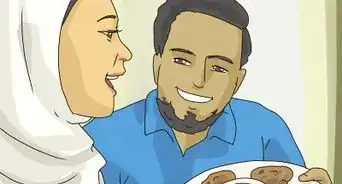 How to Celebrate Eid al-Fitr and Eid al-Adha
How to Celebrate Eid al-Fitr and Eid al-Adha

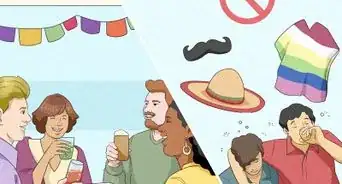

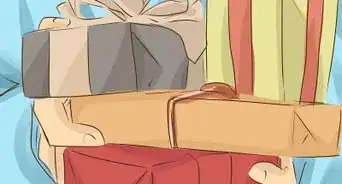
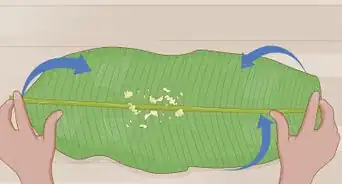

-Step-16.webp)
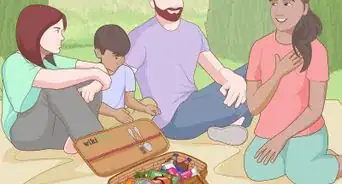
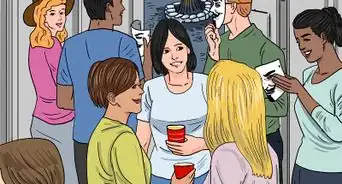
References
- ↑ https://www.culturalsurvival.org/news/11-things-do-indigenous-peoples-day
- ↑ https://americanindian.si.edu/nk360
- ↑ https://illuminatives.org/wp-content/uploads/2019/10/Indigenous_Peoples_Day_Toolkit_FINAL_PAGES.pdf
- ↑ https://americanindian.si.edu/nk360/informational/columbus-day-myths
- ↑ https://www.history.com/news/columbus-day-controversy
- ↑ https://americanindian.si.edu/nk360/informational/columbus-day-myths
- ↑ https://rnt.firstnations.org/wp-content/uploads/2018/06/MessageGuide-Allies-screen.pdf
- ↑ https://apihtawikosisan.com/2016/09/beyond-territorial-acknowledgments/
- ↑ https://www.charitynavigator.org/index.cfm?bay=content.view&cpid=8220
- ↑ https://bottomline.seattle.gov/2020/10/12/celebrate-indigenous-peoples-day-by-supporting-native-owned-businesses/
- ↑ https://nativenewsonline.net/advertise/branded-voices/why-we-must-support-native-american-and-minority-owned-businesses-during-the-holidays
- ↑ https://www.burkemuseum.org/education/learning-resources/tips-teaching-about-native-peoples
- ↑ https://rnt.firstnations.org/wp-content/uploads/2018/06/MessageGuide-Allies-screen.pdf
- ↑ https://actionnetwork.org/petitions/revoke-the-federal-holiday-status-of-columbus-day/
- ↑ https://www.cnn.com/2020/10/12/us/indigenous-peoples-day-2020-states-trnd/index.html
- ↑ http://www.indigenouspeoplesdayma.org/may-7th-indigenous-peoples-day-ma-joint-committee-hearing/
- ↑ https://www.tandfonline.com/doi/abs/10.1080/13613324.2020.1772221?journalCode=cree20
- ↑ https://www.ncai.org/proudtobe
- ↑ https://www.apa.org/pi/oema/resources/indian-mascots
- ↑ https://www.un.org/development/desa/indigenouspeoples/wp-content/uploads/sites/19/2018/11/UNDRIP_E_web.pdf
- ↑ https://www.culturalsurvival.org/issues
- ↑ https://www.culturalsurvival.org/news/11-things-do-indigenous-peoples-day
- ↑ https://illuminatives.org/wp-content/uploads/2019/10/Indigenous_Peoples_Day_Toolkit_FINAL_PAGES.pdf
- ↑ https://lsa.umich.edu/english/news-events/all-news/search-news/test.html
- ↑ https://collegefund.org/wp-content/uploads/2020/12/MSN-The-Cut-How-to-Support-Indigenous-Communities-www.msn_.com_.pdf
- ↑ https://rnt.firstnations.org/wp-content/uploads/2018/06/MessageGuide-Allies-screen.pdf
- ↑ https://guides.library.unlv.edu/c.php?g=604186&p=4187428
- ↑ https://landback.org/manifesto/
About This Article





